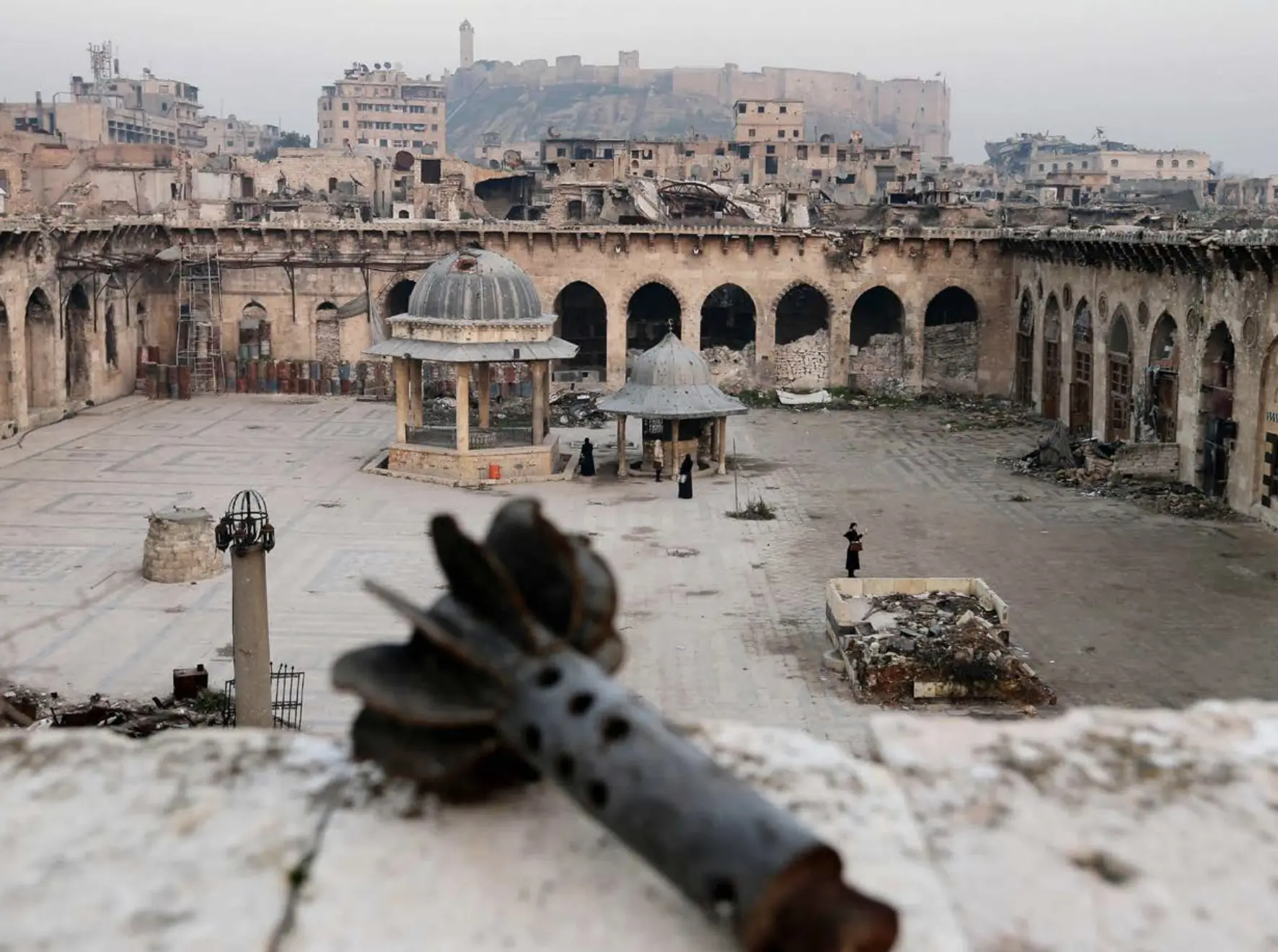Article 16 of Protocol II reiterates that ‘Without prejudice to the provisions of the Hague Convention for the Protection of Cultural Property in the Event of Armed Conflict of 14 May 1954, it is prohibited to commit any acts of hostility directed against historic monuments, works of art or places of worship which constitute the cultural or spiritual heritage of peoples, and to use them in support of the military effort.
Under International Law, historic monuments, works of art, and archaeological sites known as cultural property, are deemed to be protected, by the rules of war during an armed conflict.
Attacks against cultural property are more than the destruction of bricks, wood, or mortar, it is in essence attacks on a nation’s history, dignity, and humanity.
International humanitarian law also sets forth certain more specific rules to reinforce the protection of some of these objects. This specific protection is sometimes linked to the fact that the objects in question carry a distinctive emblem that is protected under humanitarian law.
This protection is covered by the provisions of humanitarian law conventions applicable to international and non-international armed conflicts.
The study on the rules of customary international humanitarian law published by the ICRC in 2005 (customary IHL study) have recognized that these rules are equally binding in international and non-international armed conflicts (except in rare exceptions).
Thus, these rules are binding on all parties to the conflict, even those who have not or cannot sign the conventions, such as non-state armed groups.
In cases of armed conflict, these cultural objects and places of worship must be respected and safeguarded from the possible effects of war (API Arts. 53, 85.4.d, APII Art. 16) and their intentional attack constitutes a war crime.
Cultural property should be marked with a special distinctive emblem: a shield consisting of a royal blue triangle above a royal blue square on a white background.
Rule 38 of the customary IHL study provides that “each party to the conflict must respect cultural property:
- Special care must be taken in military operations to avoid damage to buildings dedicated to religion, art, science, education, or charitable purposes and historic monuments unless they are military objectives and
- Property of great importance to the cultural heritage of every people must not be the object of attack unless imperatively required by military necessity.”
Rule 39 states that “the use of the property of great importance to the cultural heritage of every people for purposes which are likely to expose it to destruction or damage is prohibited unless imperatively required by military necessity.”
Rule 40 recalls that “each party to the conflict must protect cultural property:
- All seizure of or destruction or willful damage done to institutions dedicated to religion, charity, education, the arts and sciences, historic monuments, and works of art and science is prohibited and
- Any form of theft, pillage or misappropriation of, and any acts of vandalism directed against, property of great importance to the cultural heritage of every people is prohibited.”
Those rules are applicable in international and non-international armed conflicts. Finally, Rule 41 states that “the occupying power must prevent the illicit export of cultural property from occupied territory and must return illicitly exported property to the competent authorities of the occupied territory”; this rule is only applicable in international armed conflicts.
International humanitarian law obliges parties to an armed conflict to protect and respect cultural property.
Also Read: Law Minister Azam Nazeer meets with IPC Delegation
The rules of war are clear: parties to a conflict have a responsibility not to direct attacks or acts of hostility against cultural property or use it for military purposes and must put a stop to theft, pillage, and vandalism directed against it. Protecting and respecting cultural property is vital to rebuilding a society once an armed conflict ends.



